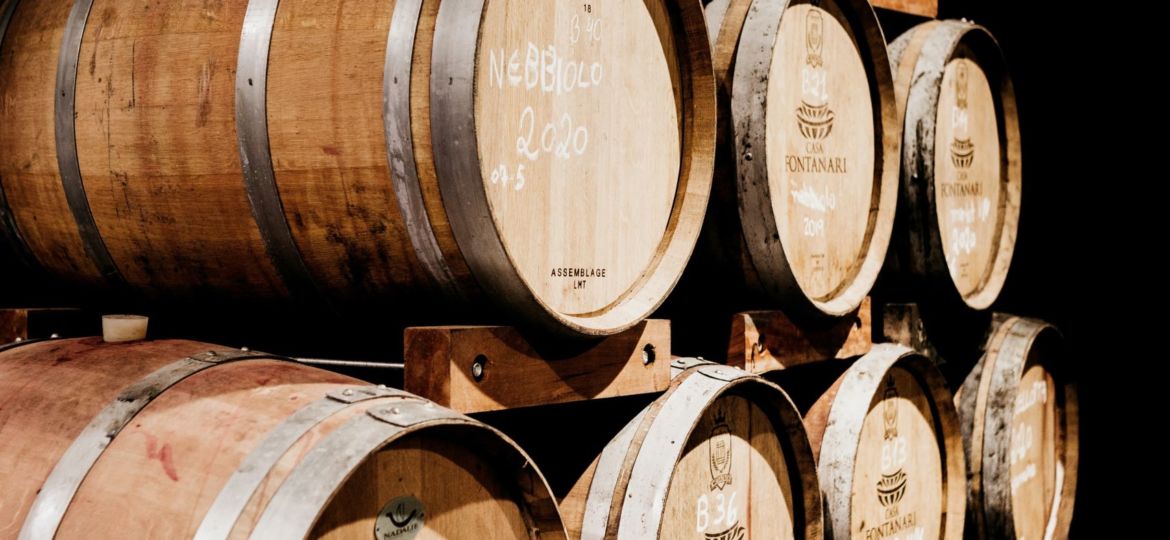
For something that doesn’t even go directly into the wine, oak can cause such a divide in opinion. Oak leaves a lasting mark on the wine and is a hugely consequential decision for the winemaker. However, the winemaker’s selections are heavily influenced by tradition, which varies depending on the location and grape varietal.
There are numerous decisions that are made when oak is introduced. The barrel’s size is one consideration. Barolo’s botti have less direct touch with the wine and hence impart fewer flavors.
Another aspect is whether the barrels are new or used. Used barrels are not as strongly flavored and can be good choices for more subtle wines depending on the focus of the winemaker. Of course, an all or none approach to new/used is not the only option. Winemakers can mix and match the use of new or used barrels.
What is inside the barrel also matters greatly, and the char level is another way that oak influences the flavor of the wine (see below for more info). The time in the barrel also ultimately influences how many flavors come through.

All of this takes place, of course, within the barrel. A winery’s investment in barrels is significant, and winemakers prefer to have some control and knowledge with their barrel makers (cooperages). Barrels come in a variety of sizes, but the most share the following characteristics:



